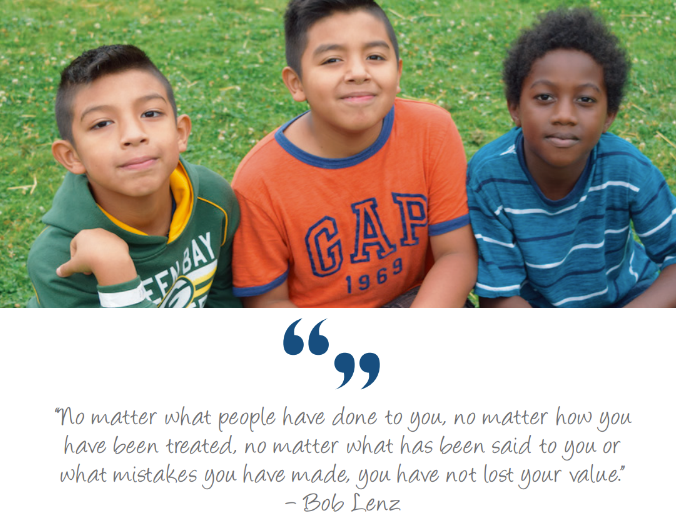Have you ever felt unheard, even in a room full of people? Listening is one of the most powerful acts of love and respect we can show others. But true listening takes effort. It’s not just about staying quiet; it’s about being fully present with the person in front of you.
Active listening means:
• Making eye contact.
• Putting away distractions (yes, even your phone).
• Asking questions that show you care.
• Reflecting back what the other person says.
When students and teachers practice active listening, it builds trust and emotional safety. In a world full of noise, being truly heard is a gift, and it can change lives.
For example, imagine a classroom where a student shares during a group discussion that they’re nervous about an upcoming test. Instead of rushing on to the next point, a classmate leans in, makes eye contact, and says, “So what I’m hearing is that you’re feeling stressed because you want to do well. Is that right?” That simple act of repeating back what was said not only shows the student they were heard, but it also gives them space to clarify or open up further. Over time, these moments create a culture where students feel safe sharing, and teachers notice more engagement and collaboration.
Research backs this up. Case studies in schools that emphasize active listening show higher levels of student participation and improved peer relationships. When students feel heard, they’re more likely to listen in return, and the ripple effect can transform the entire classroom environment.
Start practicing active listening today. Pay attention. Ask questions. Because when we listen, we’re showing people that they matter, that they have value. And as Bob Lenz reminds us, “No matter what people have done to you, no matter how you have been treated, no matter what has been said to you or what mistakes you have made, you have not lost your value.”

